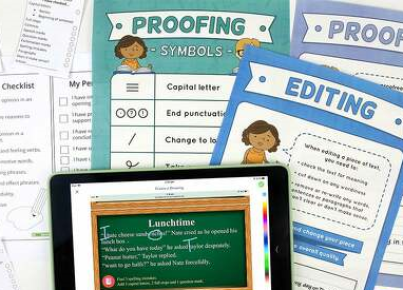Procedural writing, also known as process writing, is a vital skill to have in today’s fast-paced world, where precise and clear instructions are essential. This style of writing aims to guide the reader through a series of steps or processes in order to achieve a specific goal or outcome. If you’re looking to master procedural writing in just one week, follow the steps outlined below.
Day 1: Understand the basics
To excel at procedural writing, start by familiarizing yourself with its basic components. These include:
1. Identifying the target audience: This will help you adapt your language and tone.
2. Defining the process: Clearly state the goal so your readers know what they will achieve by following your instructions.
3. Outlining the steps: Make sure your process is broken down into manageable, sequential tasks.
Day 2: Study well-written procedures
Examine different procedural texts such as manuals, guides, and tutorials to get a feel for the structure and style used. Observe how they are organized, how they engage with their readers, and how they maintain clarity despite potentially complex subject matter.
Day 3: Learn to incorporate visuals
Effective procedural writing often includes diagrams, illustrations, or flowcharts to support textual information. Spend time learning graphic design basics or familiarizing yourself with tools that can help you generate these visuals.
Day 4: Write a sample procedure
Draft a detailed step-by-step guide on how to complete a simple task (e.g., making coffee). Ensure that your instructions are clear and concise. Use appropriate headings and bullet points to present information systematically.
Day 5: Share your work for feedback
Share your draft with friends or colleagues who can provide constructive criticism on aspects such as clarity, organization, and consistency. Take note of their comments and apply them to improve your work.
Day 6: Edit and revise your sample procedure
Review and refine your draft based on the feedback received. Make necessary changes to sentence structure, phrasing, and the layout. This process will help you better understand how to polish your writing to perfection.
Day 7: Challenge yourself with a complex task
Put your skills to the test by writing a procedure for a more complicated task than before. This exercise will force you to think critically about breaking down complex processes and sharpen your ability to communicate them clearly.
Conclusion
Mastering procedural writing may seem daunting, but with focused effort, it can be achieved in just one week. By following this plan, you will learn the fundamentals of procedural writing, practice implementing visuals, and fine-tune your skills with constructive feedback. Utilize these techniques in both professional and personal settings to communicate effectively and provide valuable guidance to others.




